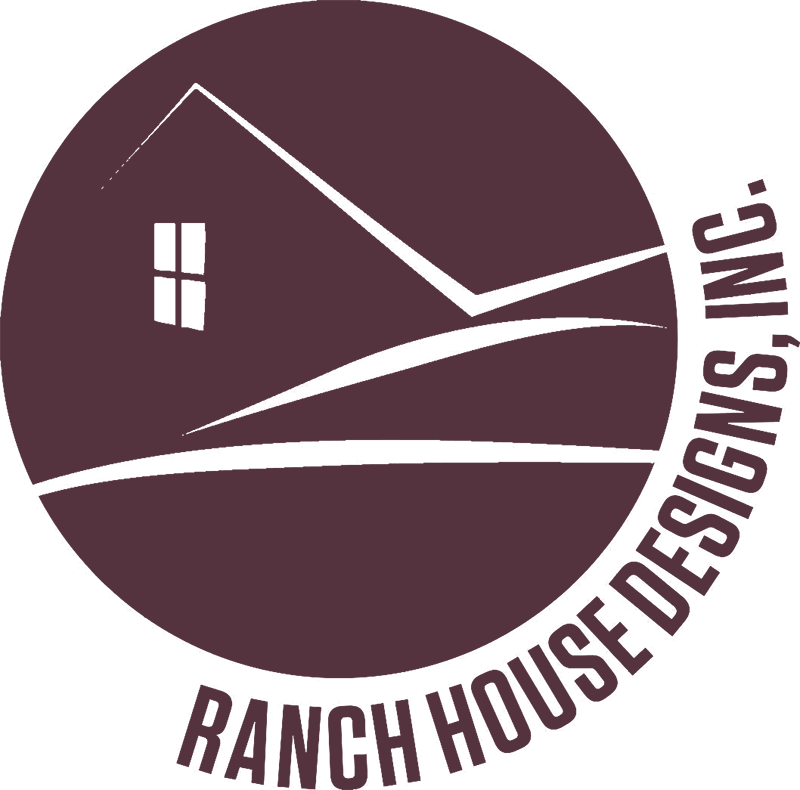With the increasing availability of photo editing software, which often comes standard on many new computers or iPhone today, it can be tempting to just “touch up” your cattle or livestock.
But how far is too far when it comes to photo editing? In order for producers to maintain a level of professionalism and respect, it is important to adopt a set of ethical photo retouching standards.
Ethical photo changes, such as cropping or color correcting, can greatly enhance the aesthetic appeal of your photo. Sometimes, it is easier to make corrections to an image using a program such as Photoshop, than it would be to go back and re-take a picture. Alterations such as these are perfectly fine, and quite honestly should be done in order to achieve the highest quality photo.
However, it is NEVER acceptable to alter an animal’s physical conformation in any way, shape or form. This type of alteration is considered unethical photo retouching, and should not be practiced.
What is ethical photo retouching for cattle or livestock?
- Cropping a photo: You cut out empty space that isn’t necessary in the picture, such as extra sky or grass. Ideally one should crop the photo so that the animal fills as much of the frame as possible, leaving an equal amount of sky and grass above and below the animal. You can do this easily with the crop tool on your phone, or even just by moving the image around on the Instagram screen.
- Color correction can also improve your images. You can do this via Instagram filters, using the “Magic wand” button on your iPhone, and other tools.
- Removing halters, mud, dirt, flies from cattle. This is perfectly fine and can be done pretty easily with photo editing tools. The rule of thumb we use is, if you could have brushed if off with a brush in the picture pen, it’s fine to photoshop off that dirt or mud.
- Cleaning up backgrounds: Sometimes your animal stands perfectly right in front of a telephone pole. It’s okay to photoshop out the telephone pole.
What is un-ethical photo retouching for cattle or livestock?
Quite simply, anything that alters the physical conformation of the animal is unethical and should not be practiced.
Examples of unethical photo retouching:
- Straightening an animals top, or filling in an animal’s topline
- Cleaning up an animal’s underline or front end
- Adjusting the photo to make an animal appear longer, taller, deeper bodied, etc.
- Changing the color of an animal, such as photoshopping spots off, darkening or lightening colors, darkening noses, darkening tails, etc.
This type of photo retouching ultimately misleads customers by giving am image of the animal that does not adequately reflect it’s true characteristics.
An example: in the Brahman breed, some Brahmans have what is called a “split nose,” meaning it’s a little pink. This is highly undesirable. Say you photoshop that split nose to be solid black. People buy semen. Two years later, you are going to have a lot of angry customers asking how they got calves with split noses! Try explaining that. You can make one-time sales by covering up things like that, but you’ll never have repeat customers if you cover up flaws just to make a dollar.
Ethical photo retouching standards are very important for all modern livestock merchandisers to follow, as it should be the goal of any producer to portray their animals as realistically as possible.
This is especially important for photographs of sale animals or animals marketed as genetic tools to the public. Your consumers have the right to see exactly what they are buying.
Ranch House encourages all livestock producers to adopt these guidelines as their own photography standards, and adhere to them…not only for their sake, but for the benefit of the entire industry.
If we can assist you with your marketing needs, the RHD team is here to help. Request a quote to get started on a new logo design or website design for your farm, ranch, or agri-business.
©2011, 2020

